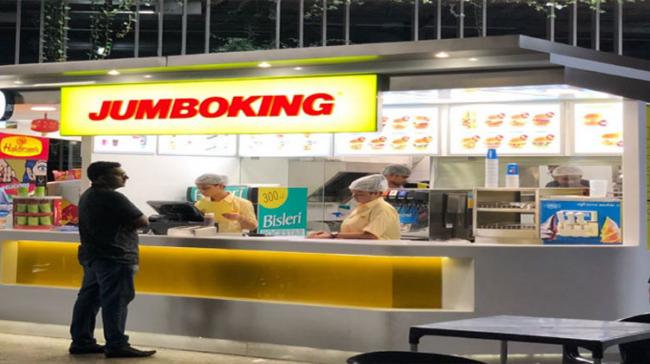On The Go, On The Tab Food- The New Urban Fast Food Mantra

Mumbai: In the early 1990s, 'ordering in’ meant having a 100 menus of local restaurants handy; or sending the office errand boy to get a ‘parcel.’ Eating out was predominantly occasion-driven while ordering food was limited to dialling a few restaurants who offered home delivery. There weren't many established local chains. International chains like KFC (1995) and McDonalds (1996) were yet to enter India. The way the nation consumed food was completely different.
The subsequent decade saw the consolidation of QSRs in India, including homegrown ones like Jumboking (2001), who tied up their manufacturing and supply chain with KFC, Burger King (2014), etc; and scale was born.
With increased Internet penetration, higher disposable incomes and rising consumer awareness, consumers started turning to technology to manage some of their most basic needs, including food. Zomato (2008),Swiggy (2014) ubereats(2014) arrived on the delivery scene.
There was food to be served, and a food delivery app to serve it.
These tech companies were armed with algorithms aided by machine learning to make thousands of calculations and take into account crucial data such as food preference, cuisines, locality and price points; and help the consumer order better. In March 2015, the Indian food delivery sector reached its first milestone of one million orders a month.
This has grown steadily, with a December 2018 report by capital markets and investment group CLSA pegging the Indian food delivery market at $6 billion, and potential to reach $30 billion by 2022. The fast food industry in India is also growing in parallel, at a CAGR of 27% by 2020, according to the Journal of Business and Management.
Fast food industry expert and owner of Jumboking, Dheeraj Gupta says, “ We are a pure-play QSR and have tie ups for delivery. The share of 'ordering in' has increased from 2% in April 2018 to nearly 10% in March 2019, and the share of on the go eating which is customers visiting the store has also gone up by 5%. The latent demand for convenience, which Jumboking has always been mindful of with its store locations, now has another dimension, thanks to delivery. The additional 8% is new customers who are now able to order when working till late in office."
The growth story is likely to continue. And the disruption continues. “Swiggy has come up with SWIGGY SUPER, a subscription programme that does away with delivery fees, and Swiggy POP, the curated and single-serve meals, which are reasonably priced,” adds Shriharsha Majety, founder of Swiggy.
From the looks to it, on the go, and on the tab will be the food trends of the future.





